Magazine
Our Steps for How To Use Glycolic Acid

Glycolic acid can be an extremely effective ingredient in skin care but only when used correctly. Just like any acid, glycolic acid can either make major improvements or cause major damage to your skin, depending on how it is used.
The first step to incorporating glycolic acid into your skin care routine is understanding what it is and how it works. Next, before applying it to your skin, you must be aware of what ingredients do not mix with glycolic acid so as to not accidentally cause your skin any harm.
Finally, you can proceed to select the right glycolic acid product for you.
Understanding Glycolic Acid
Let’s start by defining glycolic acid. Glycolic acid is an alpha hydroxy acid. Alpha hydroxy acids are water-soluble acids, making them arguably safer than other forms of acids and more widely accepted by all skin types.
The main draw of using glycolic acid in skin care is that it can clean the skin and buff away the extra layer of dead skin cells and other unwanted grime. When used properly, pure glycolic acid can be used to improve the quality and appearance of your skin texture.
This can include treating signs of aging that include wrinkles. By peeling away the surface of the epidermis, glycolic acid can help make space for the generation of new and necessary skin cells that will provide you with a more youthful appearance.
Glycolic acid is also commonly used to help reduce the signs of acne-prone skin and the scarring that acne leaves behind.
Glycolic acid is often used in chemical exfoliators for its ability to clean out clogged pores. The acid minimizes the chances of acne developing and reduces the size of swollen, enlarged pores by cleaning out these pores.
In treating acne scars, buffing away damaged skin cells will help treat surface-level cosmetic issues like discoloration, hyperpigmentation, and fine lines.
Similar Acids
Glycolic acid is often confused for other acids commonly used in skin care. To help you to understand the distinction between them, and how they need to be used differently, we will be defining lactic acid and salicylic acid.
Lactic Acid
Lactic acid is similar to glycolic acid because it belongs to the same family. Both are alpha hydroxy acids. Lactic acid is usually derived from the carbohydrate lactose.
Similarly to all other AHAs, this acid is most beneficial for exfoliating and is used to remove dead skin cells and grime that is on the surface of the skin. When successful, lactic acid will improve and increase your cell turnover rate, resulting in healthier looking skin.
Lactic acid is especially popular for treating premature signs of aging. One of the appeals of this particular acid is its ability to reach deeper into the layers of skin, firming and thickening it. This will allow for an overall smoother appearance with a reduction in visible hyperpigmentation and wrinkling.
Lactic acid is considered amongst the most mild acids used in skin care and is, therefore, safe to use on even sensitive skin or skin struggling with excess dryness and sensitivity. Its permeability and mild though effective nature makes it a popular ingredient in high quality face creams.
Salicylic Acid
Unlike lactic acid, salicylic acid is not an alpha hydroxy acid. Instead, salicylic acid is a beta hydroxy acid. Still, salicylic and glycolic are terms that often accompany one another in conversions about skin care because of their shared popularity in chemical exfoliants.
Chemical exfoliation is the method of exfoliating your skin — or buffing away dead skin cells, excess oil, and other unwanted grime — by using a chemical solution containing an acid as a key ingredient, usually an alpha or a beta hydroxy acid.
Amongst the most popular AHAs to use is glycolic acid and amongst the most popular BHAs to use is salicylic acid, making the two acids closely linked.
That being said, salicylic acid is distinctly different from glycolic acid because, as a BHA, it is not water soluble but oil soluble. One of the strengths of this feature is that salicylic acid is more potent and can reach deeper into your pores.
This means that salicylic acid may be able to address deeper, or more severe damage than an alpha hydroxy acid. However, at the same time, this also means that using salicylic acid over an alpha hydroxy acid has a greater chance of negatively affecting certain skin types and causing irritation.
What Not To Mix
Glycolic acid can be extremely useful for improving your skin but only when used appropriately. If used in combination with the wrong products or ingredients, the glycolic acid can be rendered useless or, even worse, can cause irritation. Here are two ingredients to be wary of using in combination with glycolic acid.
Vitamin C
Vitamin C is used widely in skin care products because it is effective and safe for most skin types. One of the top benefits of vitamin C is its hydrating effects. When used as an ascorbic acid, vitamin C will penetrate the skin, nourish, and brighten it.
This also makes vitamin C useful for treating redness and discoloration. Vitamin C can fade pigmentation and smooth the skin’s surface by impeding the production of melanin. This will fade hyperpigmentation that includes age spots and sun damage.
Vitamin C reduces unwanted puffiness while also preventing sagging of the skin. Vitamin C boosts collagen production through collagen synthesis, providing an overall tightening effect by improving elasticity and firmness.
While vitamin C carries a lot of benefits, it is not smart to use it in combination with glycolic acid. Just like glycolic acid, vitamin C is technically an acid, too. By using these two acids together, the pH balance of your skin can be disrupted, in turn making them ineffective.
Niacinamide
There are several major benefits to using niacinamide in your skin care routine. Niacinamide is a form of vitamin B-3. One of the most appealing features of this essential nutrient is that it helps to build keratin. Keratin is a protein that plays a role in keeping your skin firm and strong. This means that your skin will be able to better defend itself against damage.
Niacinamide can also provide a lot of help for those with naturally oily skin. Those with the oily skin type tend to struggle with overactive sebaceous glands that produce an excess amount of sebum. Niacinamide can regulate the amount of oil produced by your sebaceous glands.
Believe it or not, niacinamide is equally as helpful for those with naturally dry skin. Niacinamide is known to help your skin grow a ceramide barrier that will be able to retain and preserve moisture. While this is useful for all skin types, it is especially helpful for those struggling with dry patches or dry skin conditions like eczema.
Using niacinamide and glycolic acid together has a similar effect to using vitamin C and niacinamide together. Due to their contrasting pH levels, they do not typically work well with one another. Niacinamide has a higher pH level than glycolic acid. When used in combination with one another, the skin will not be able to completely absorb niacinamide and the ingredient will not be able to function to its full extent.
How To Use Glycolic Acid
Using glycolic acid safely does not need to be difficult. Although there are several factors to consider when applying it to your skin care routine, there are brands that do the work for you.
Particle does just that.
For example, take a look at Particle Face Wash. Particle Face Wash uses glycolic acid as a key ingredient in its formula. The glycolic acid manages to get rid of dead skin cells and help with hyperpigmentation.
It is only able to do so because of the careful consideration that went into selecting its accompanying ingredients. These other ingredients include cinnamomum extract to increase collagen extract, aloe vera to replenish the skin with vitamins and minerals, and allantoin to soothe and protect damaged cells.
Altogether, this carefully engineered formula helps men to remove oil and grime from their skin, to exfoliate, and to hydrate. Every morning after waking up and every night before bed, wash your face using lukewarm water.
Use a handful of foam to spread over the entirety of your face before completely rinsing the product from your skin.
Conclusion
Deciding whether to use glycolic acid in your skin care regimen requires careful consideration.
Do not use the glycolic acid in combination with elements that render it useless or cause your skin any sign of irritation. Make sure to apply the product as directed on its label. Better yet, use products that make the ingredient safe for you.
In no time at all, the glycolic acid will be improving your skin safely and conveniently.
Sources
Glycolic acid | HOCH2COOH | PubChem
Lactic Acid Bacteria and Lactic Acid for Skin Health and Melanogenesis Inhibition | PubMed
Salicylic Acid (Topical Route) Description and Brand Names | Mayo Clinic

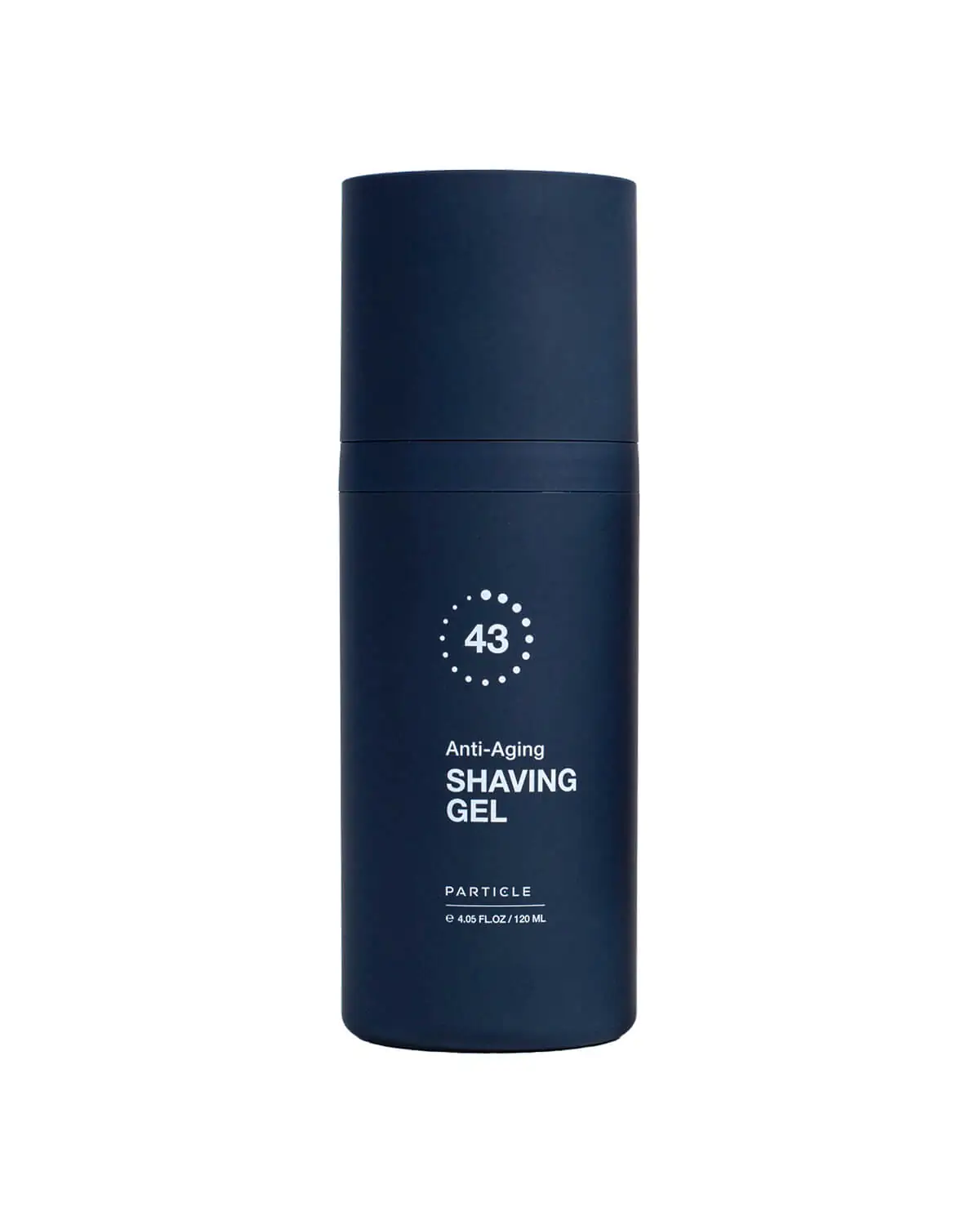
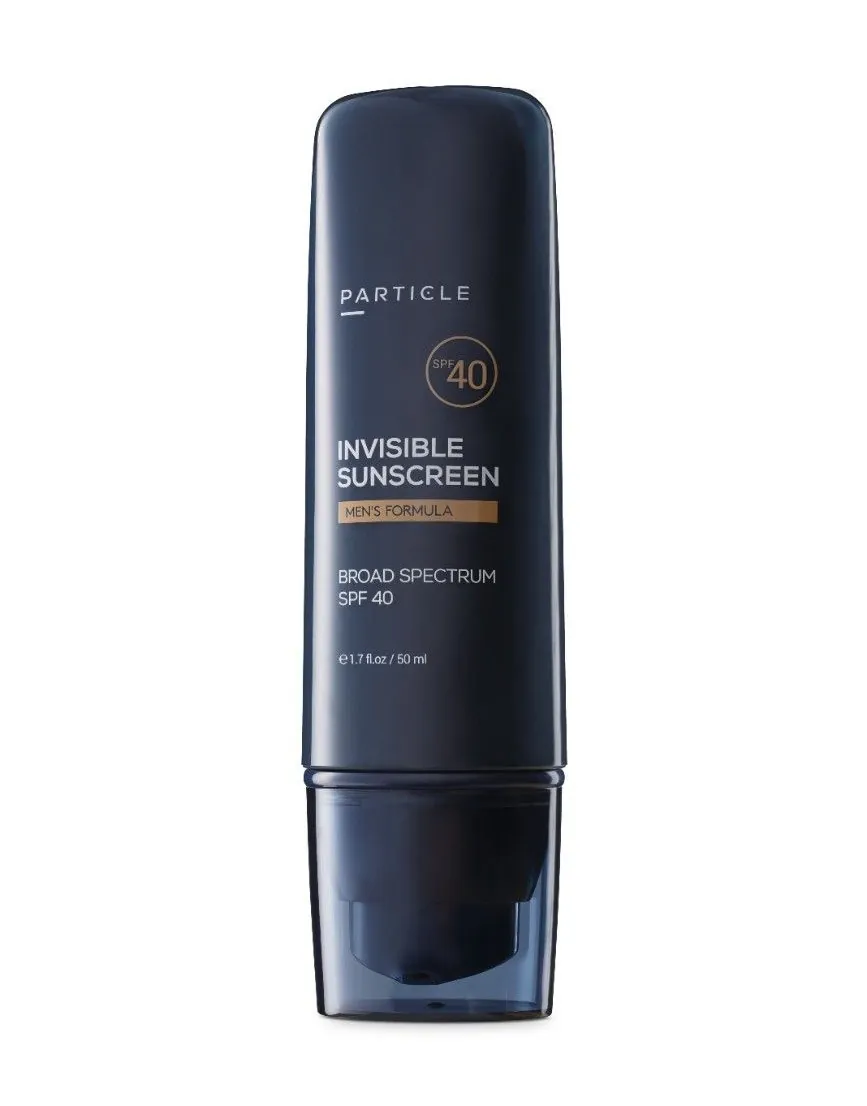
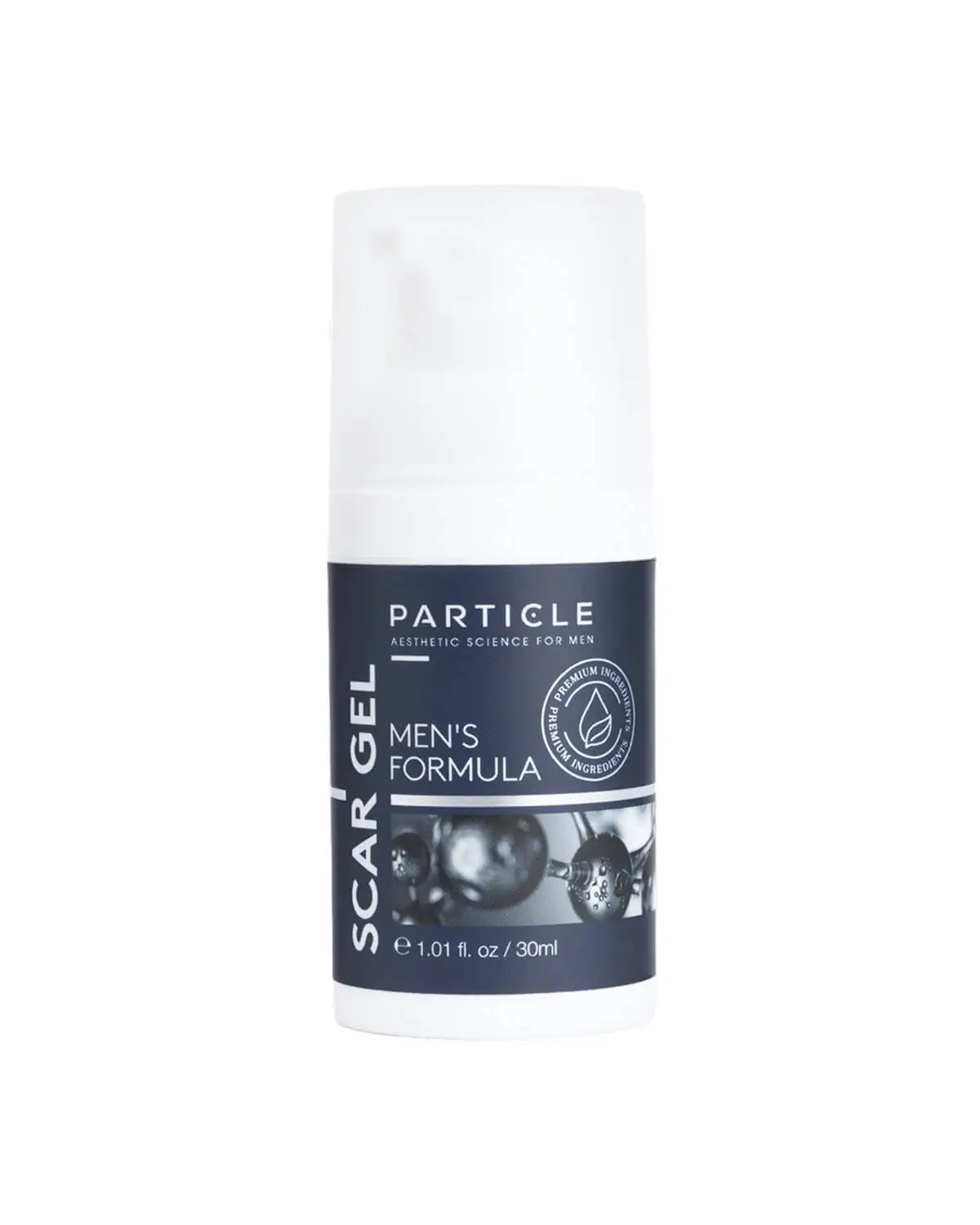
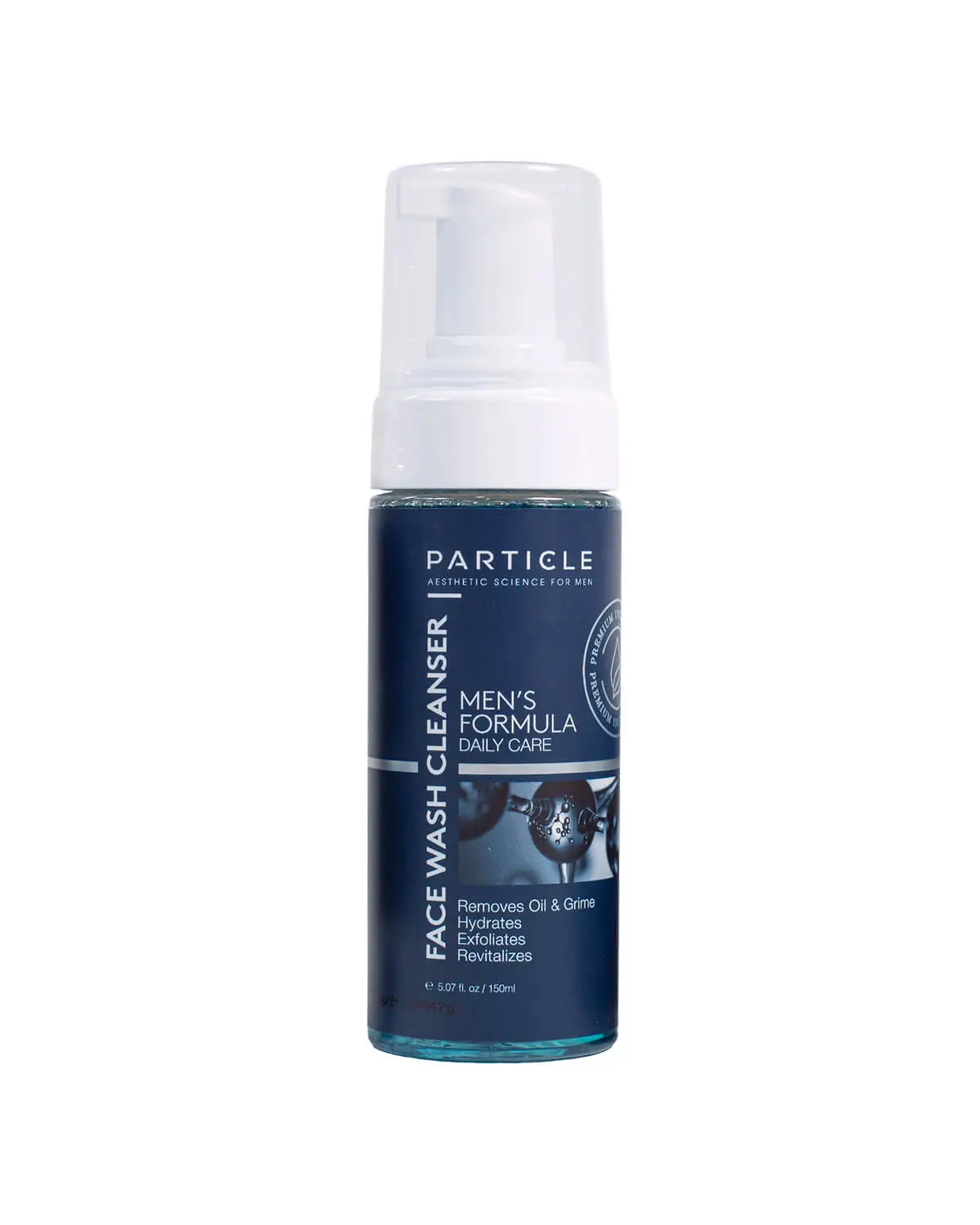
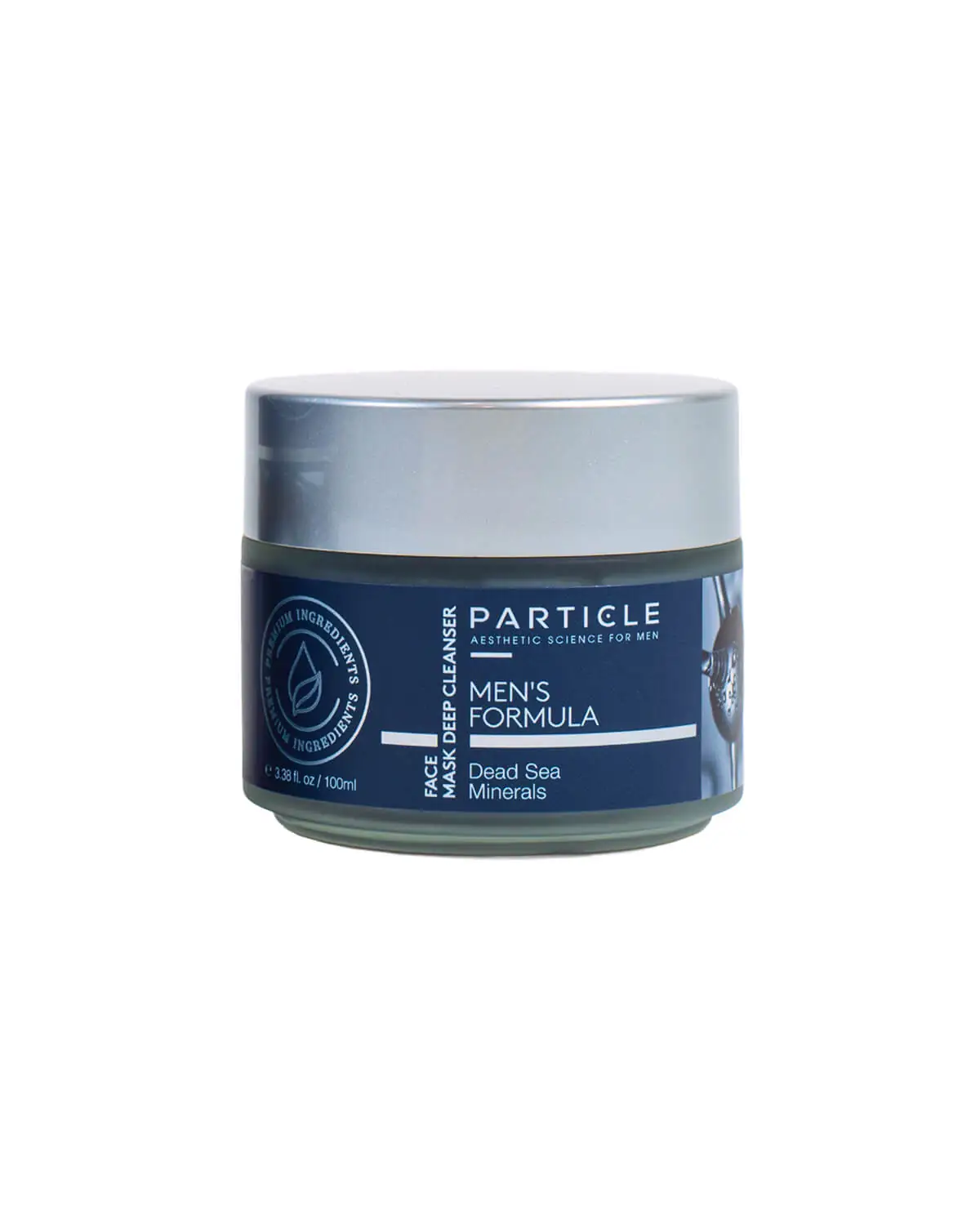
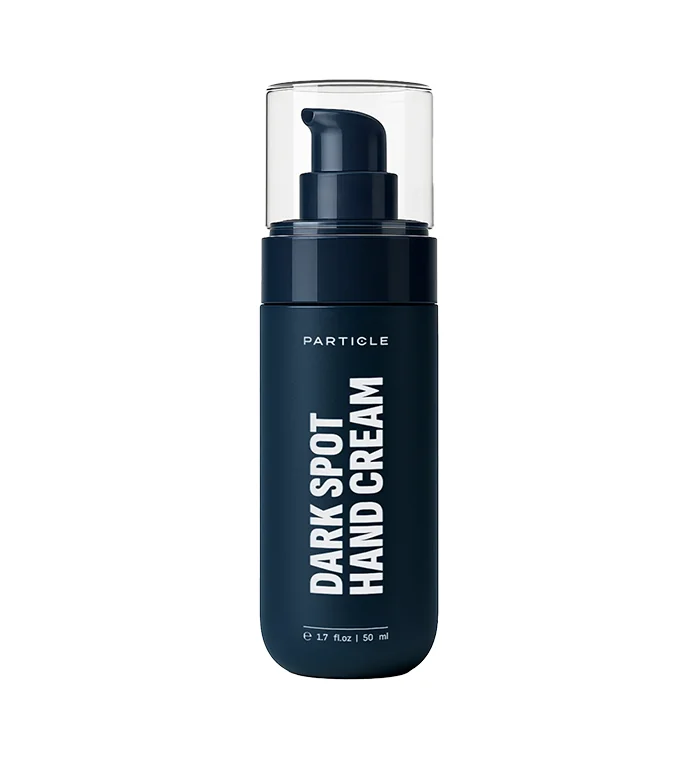
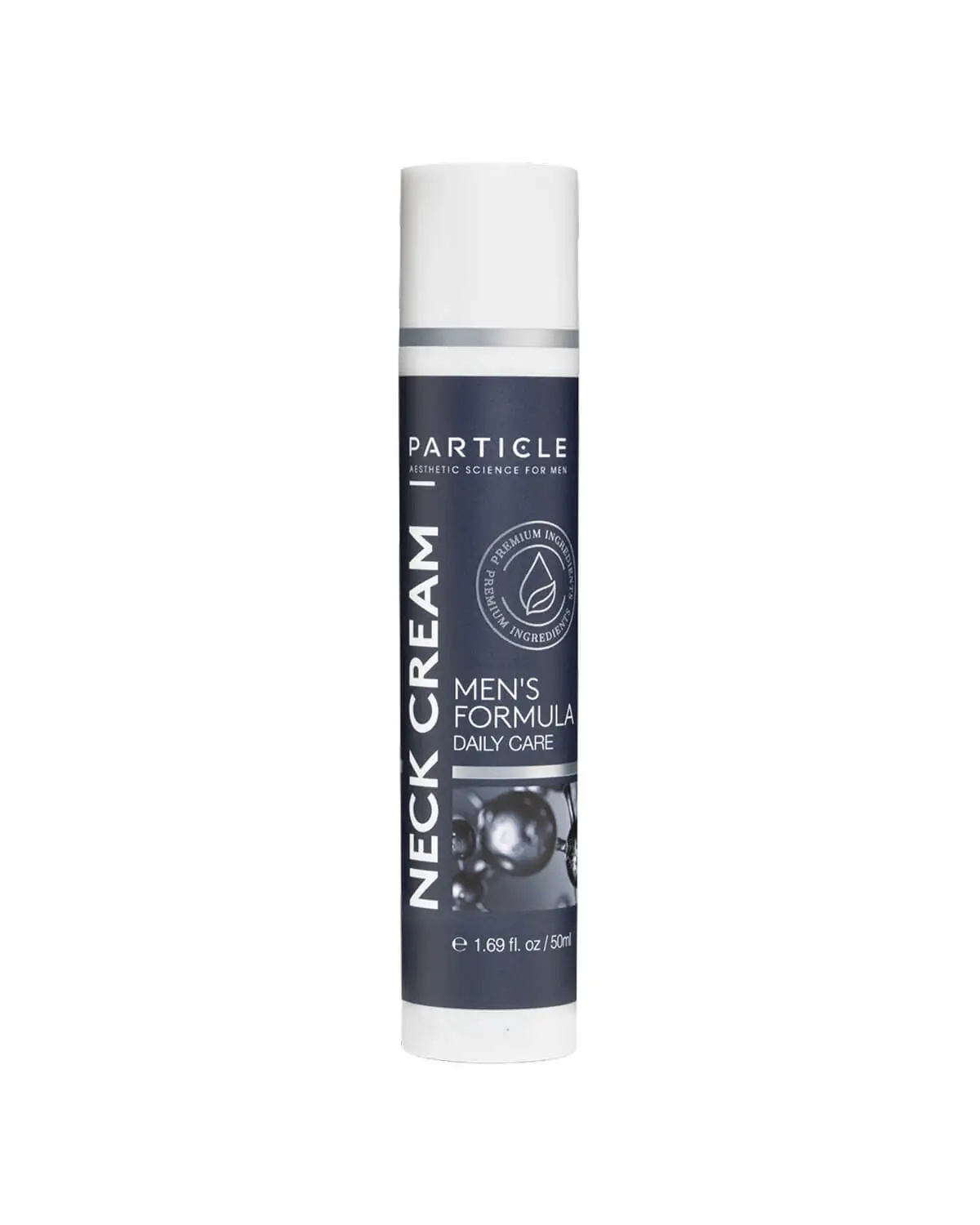
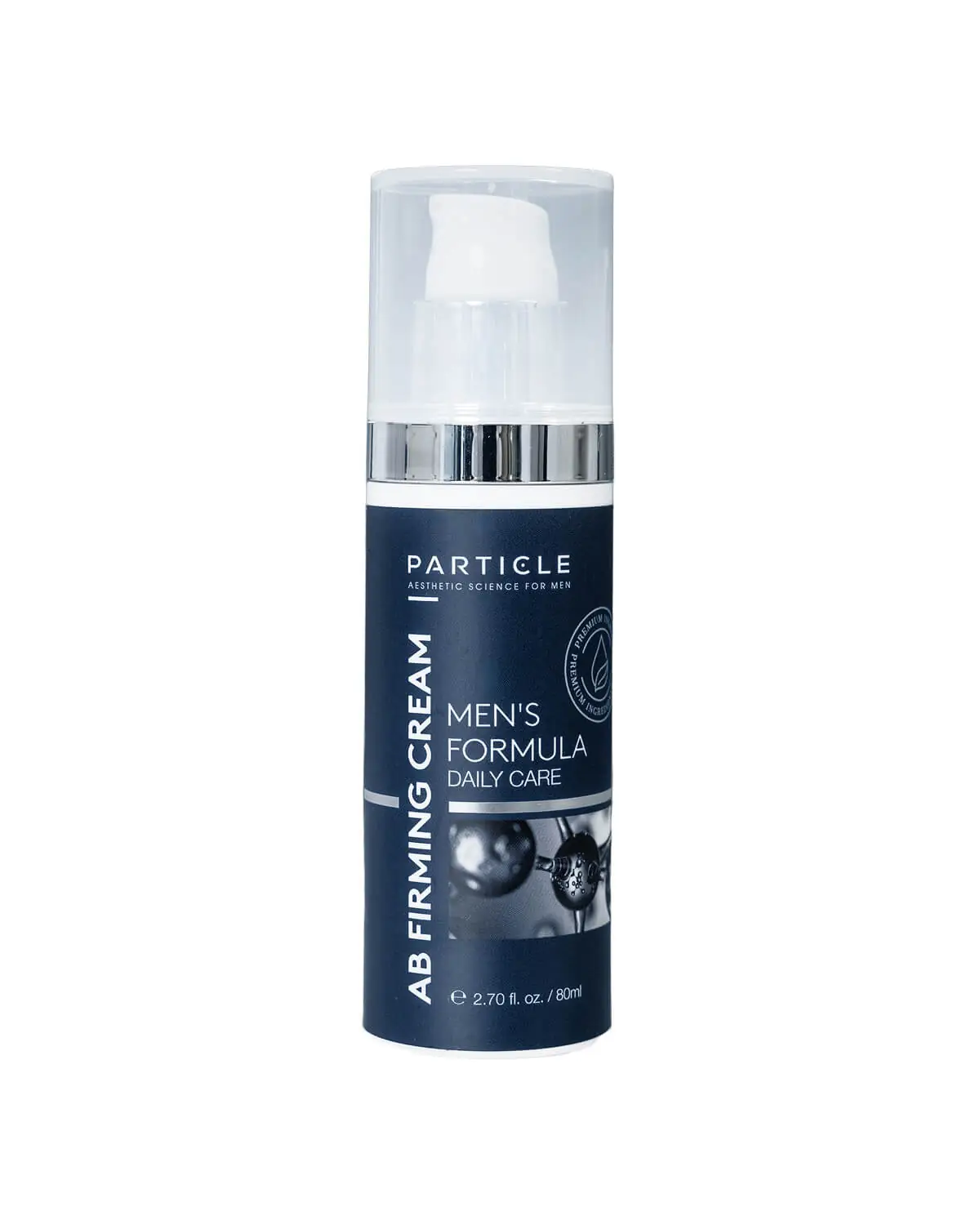
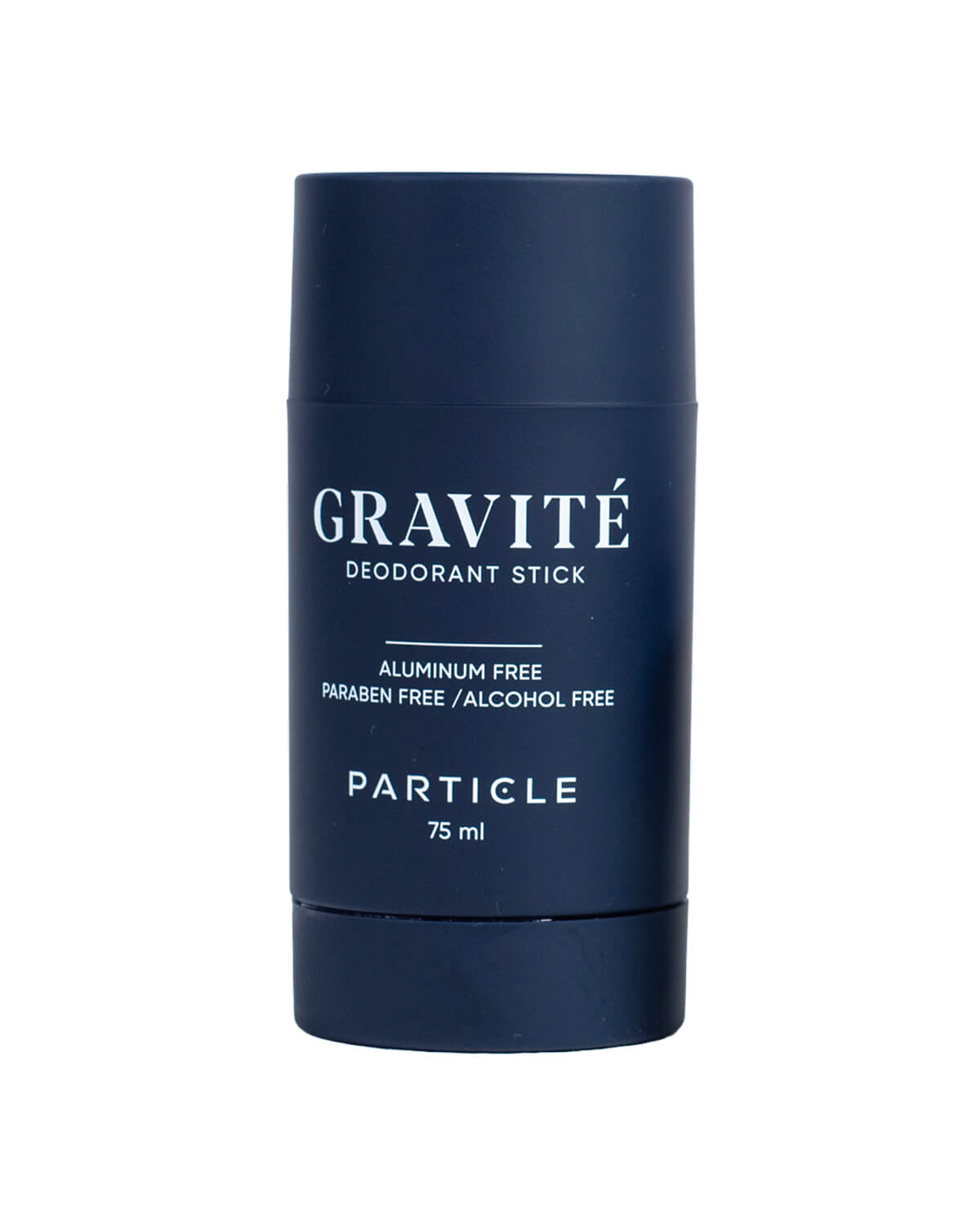
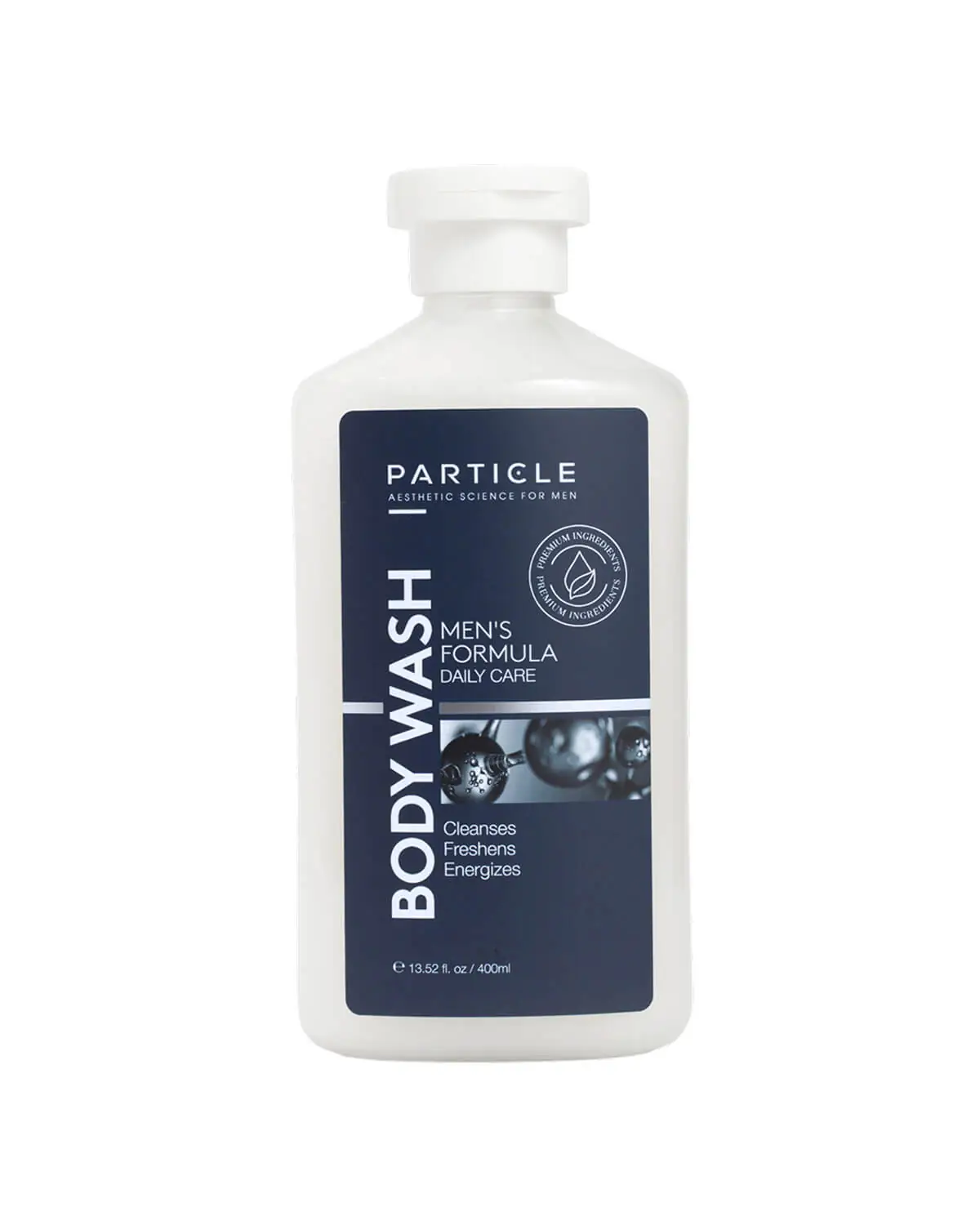
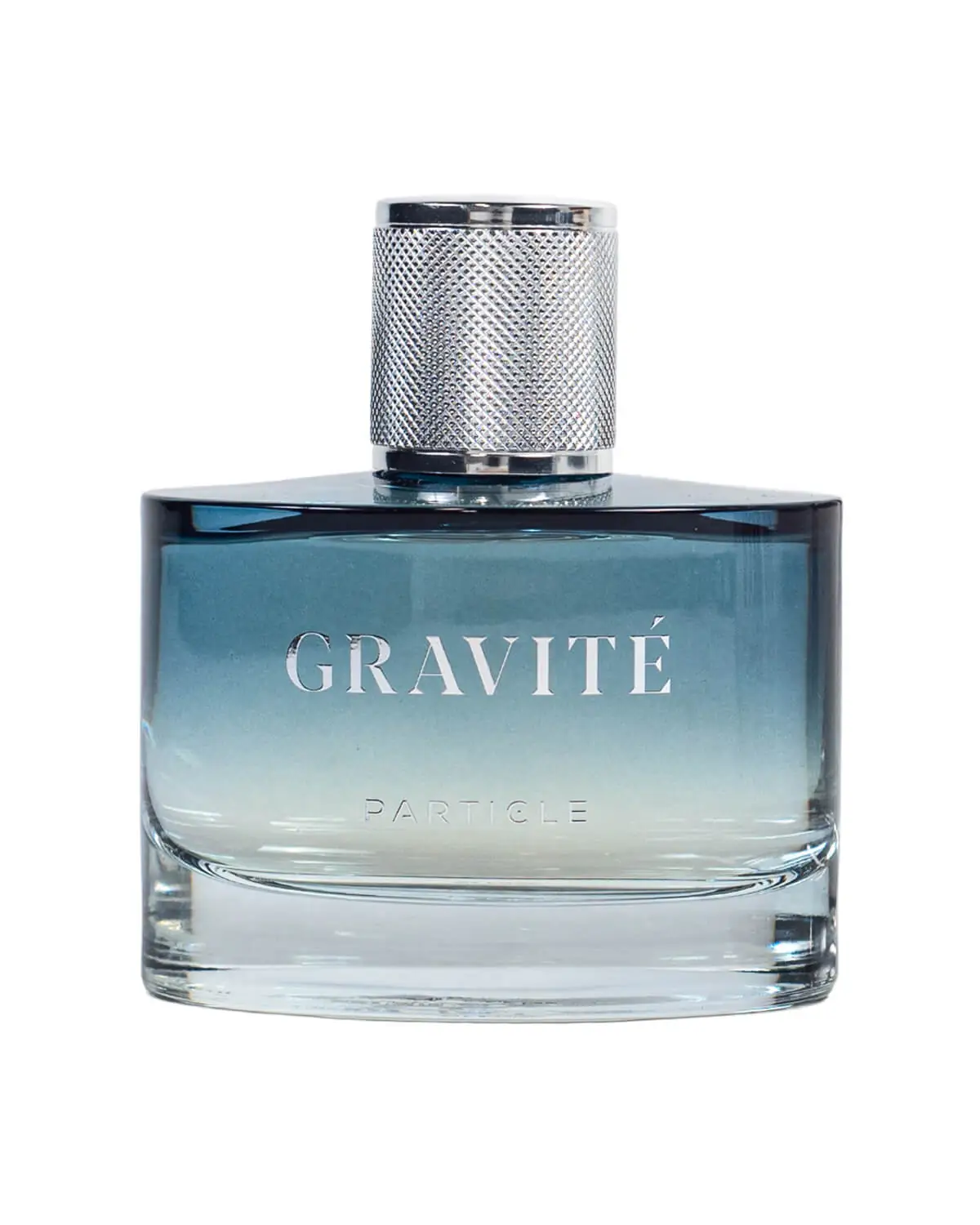

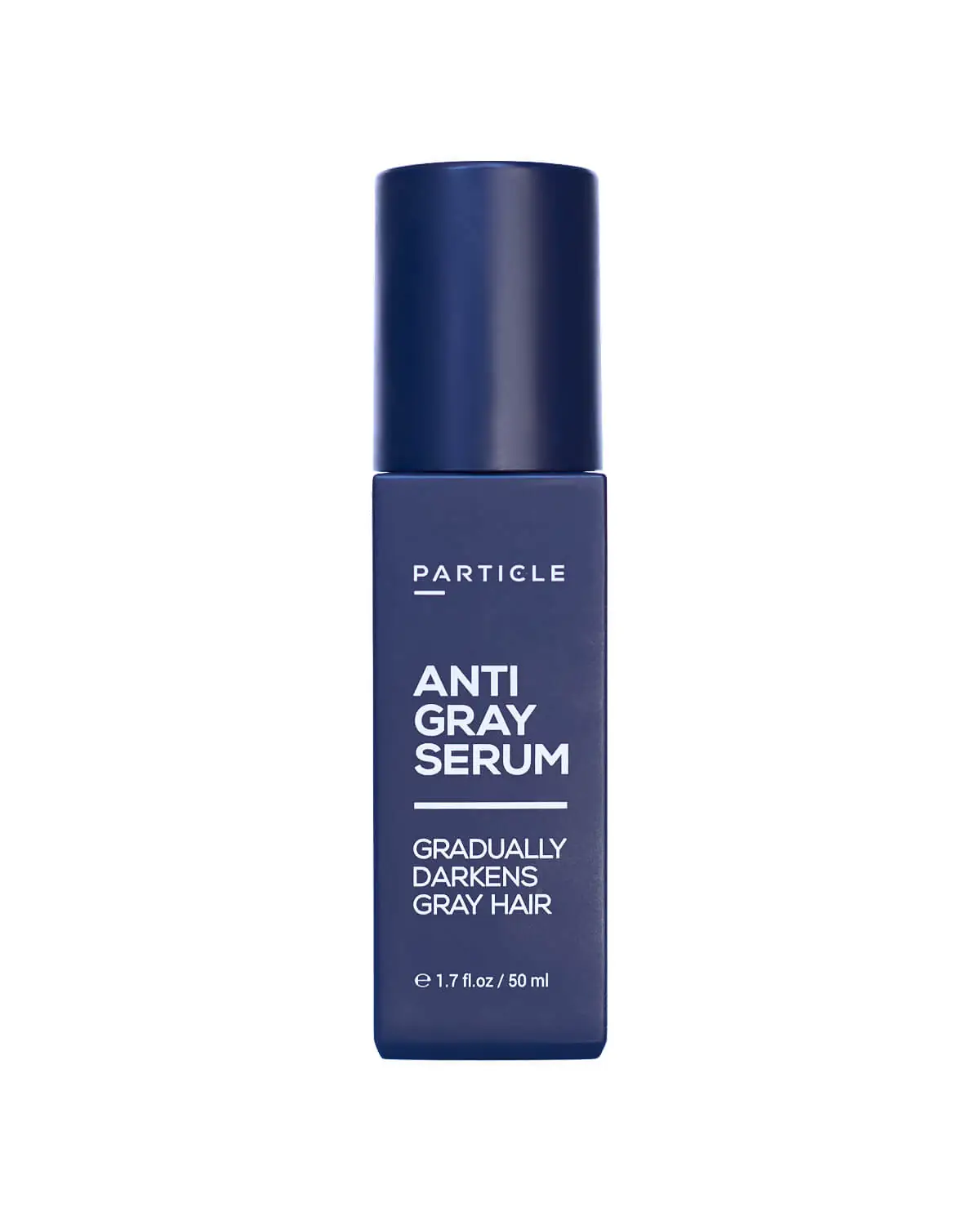
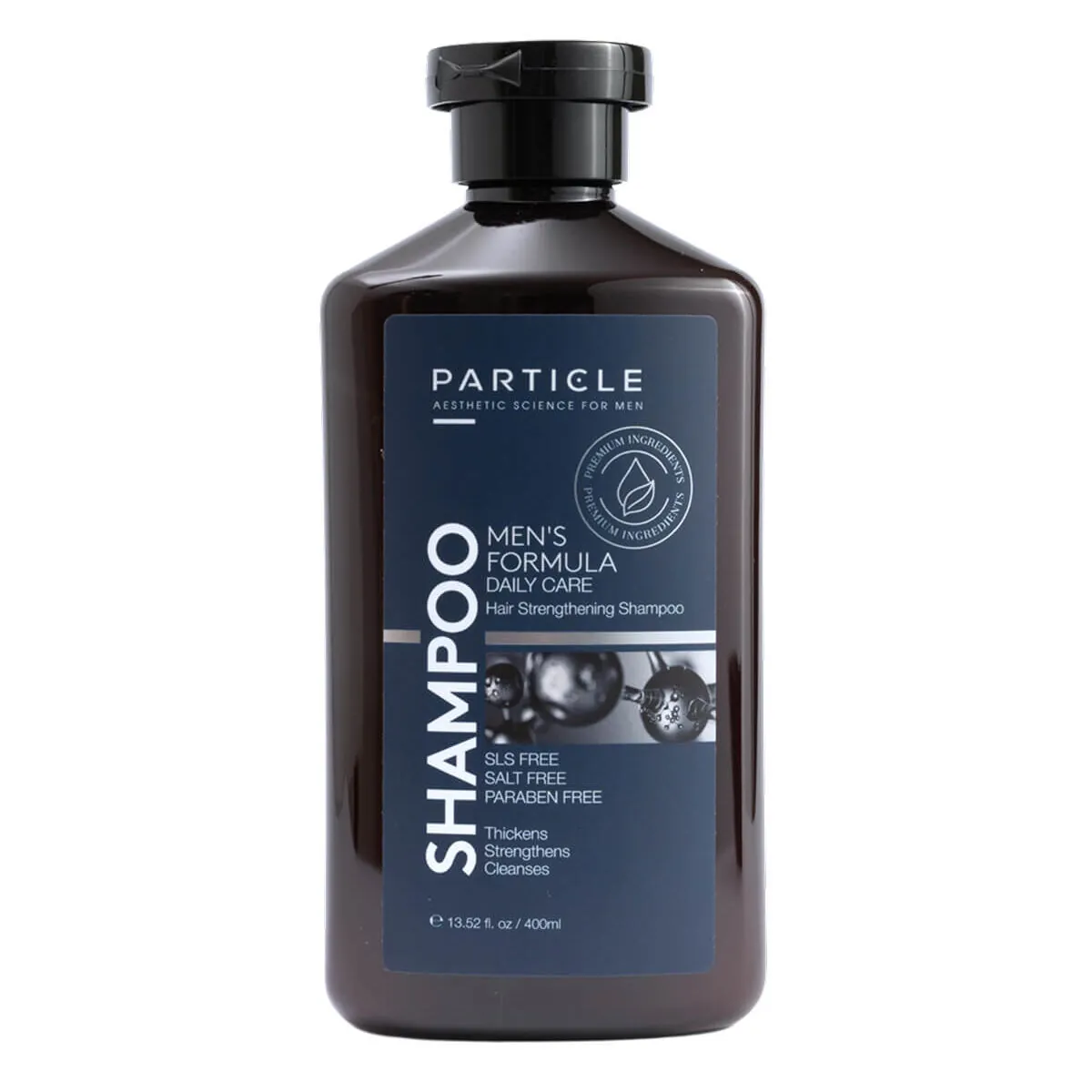
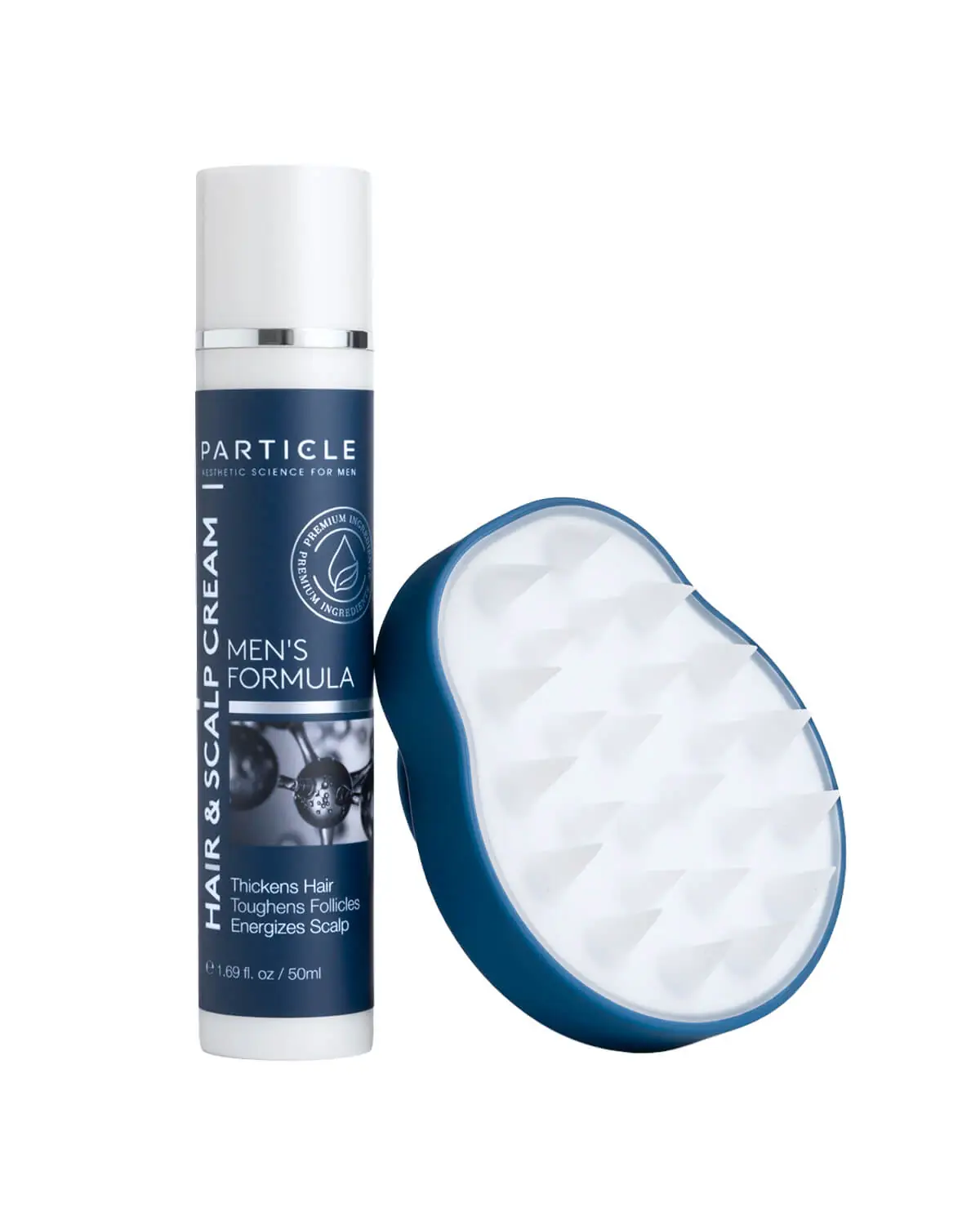
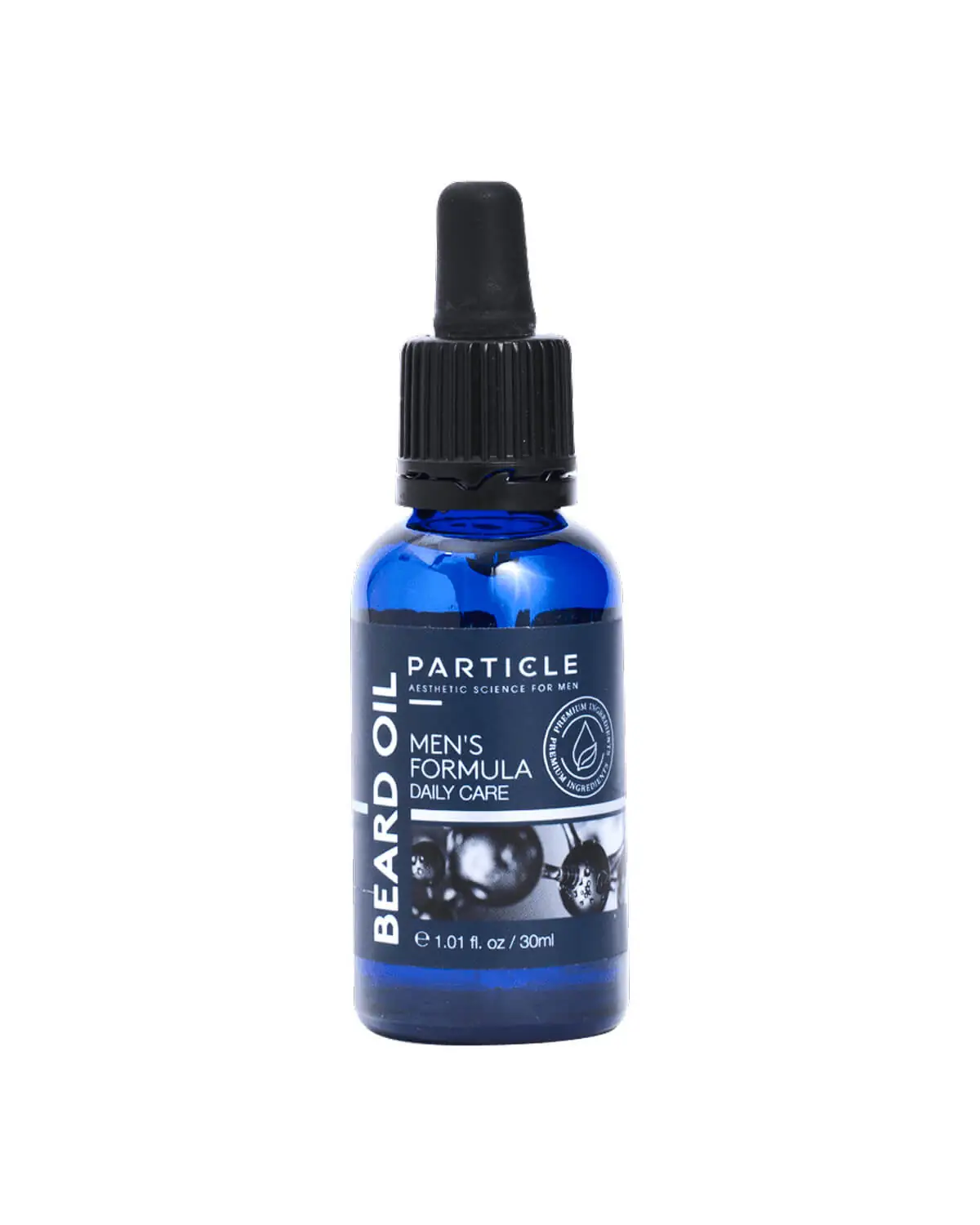
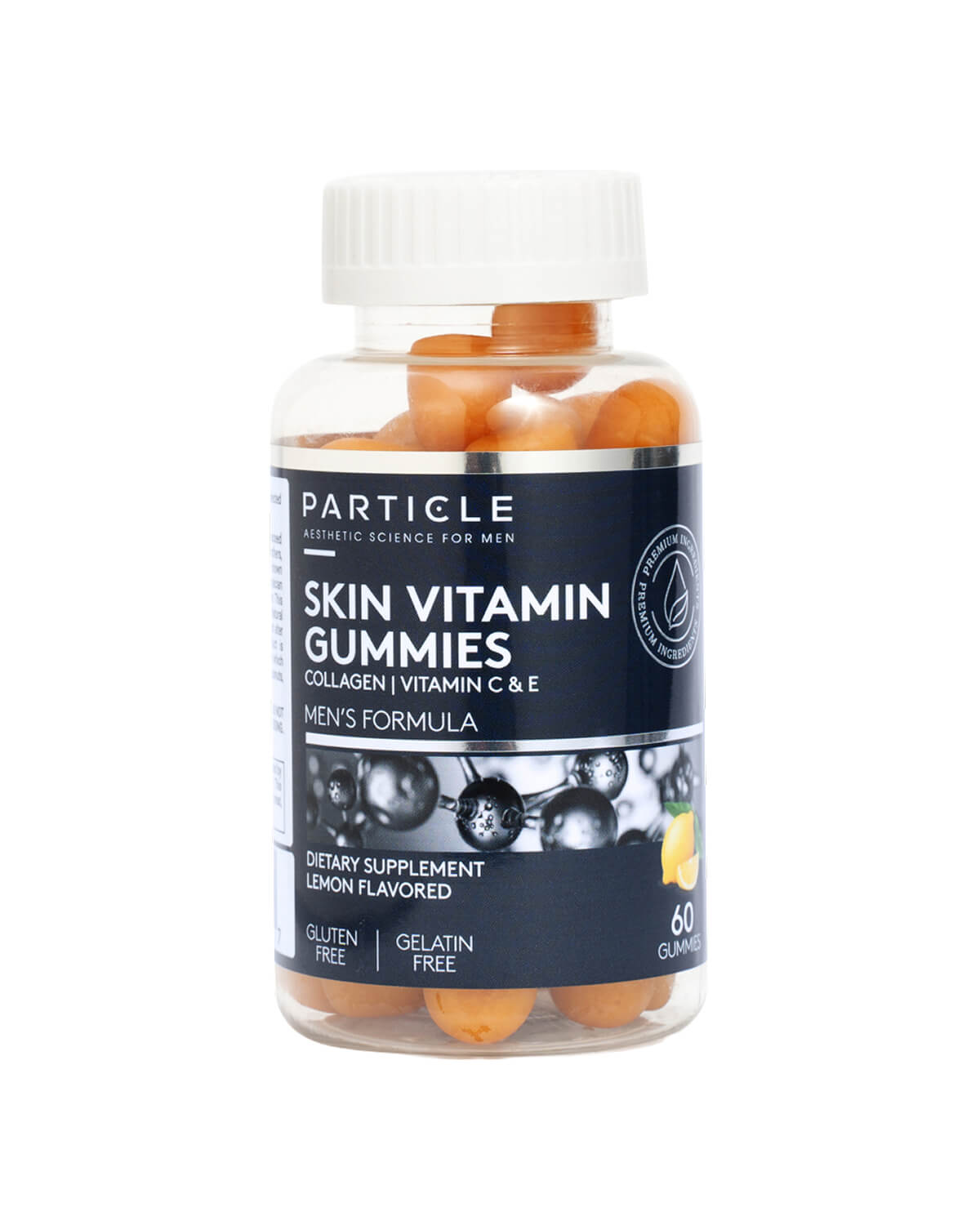
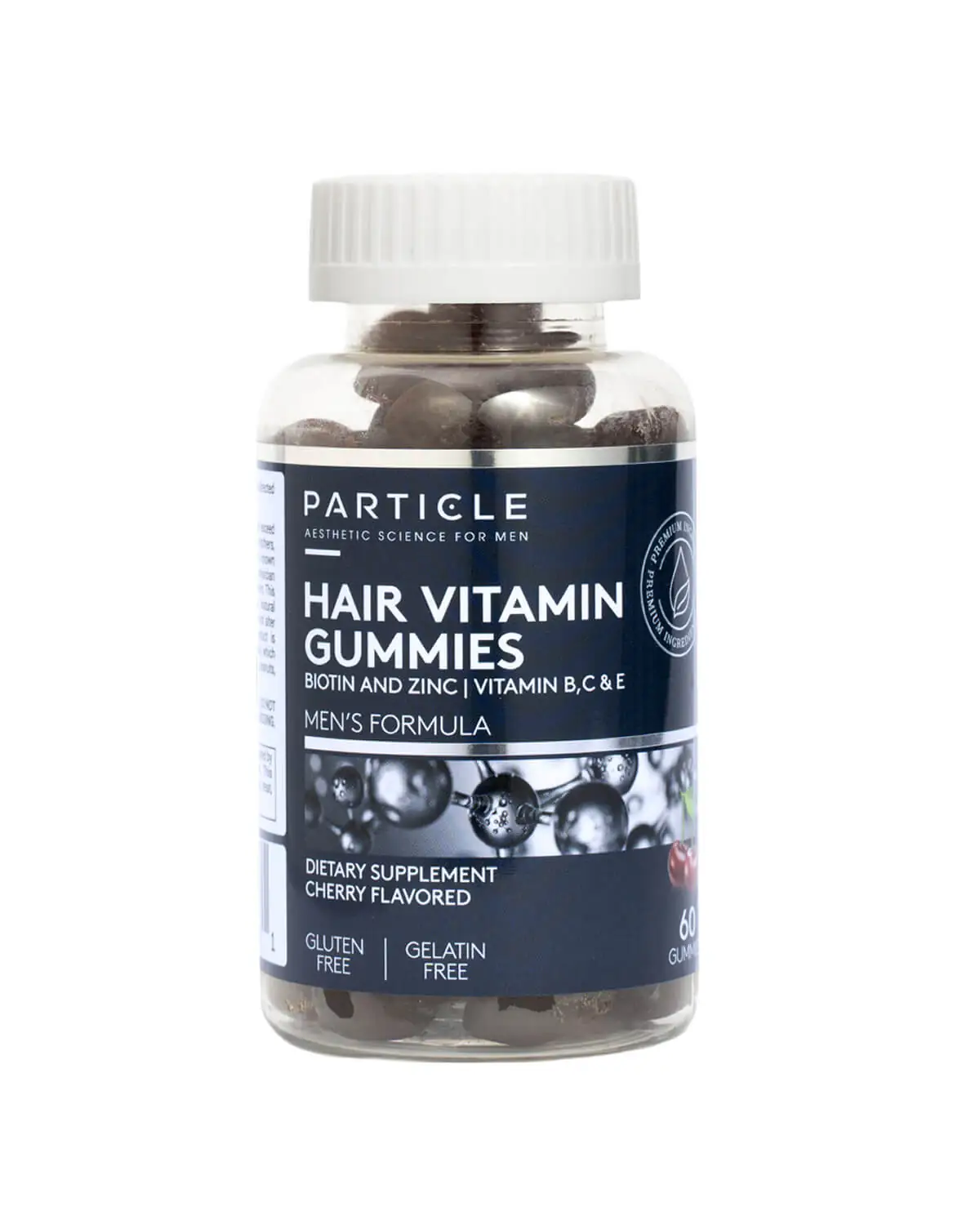
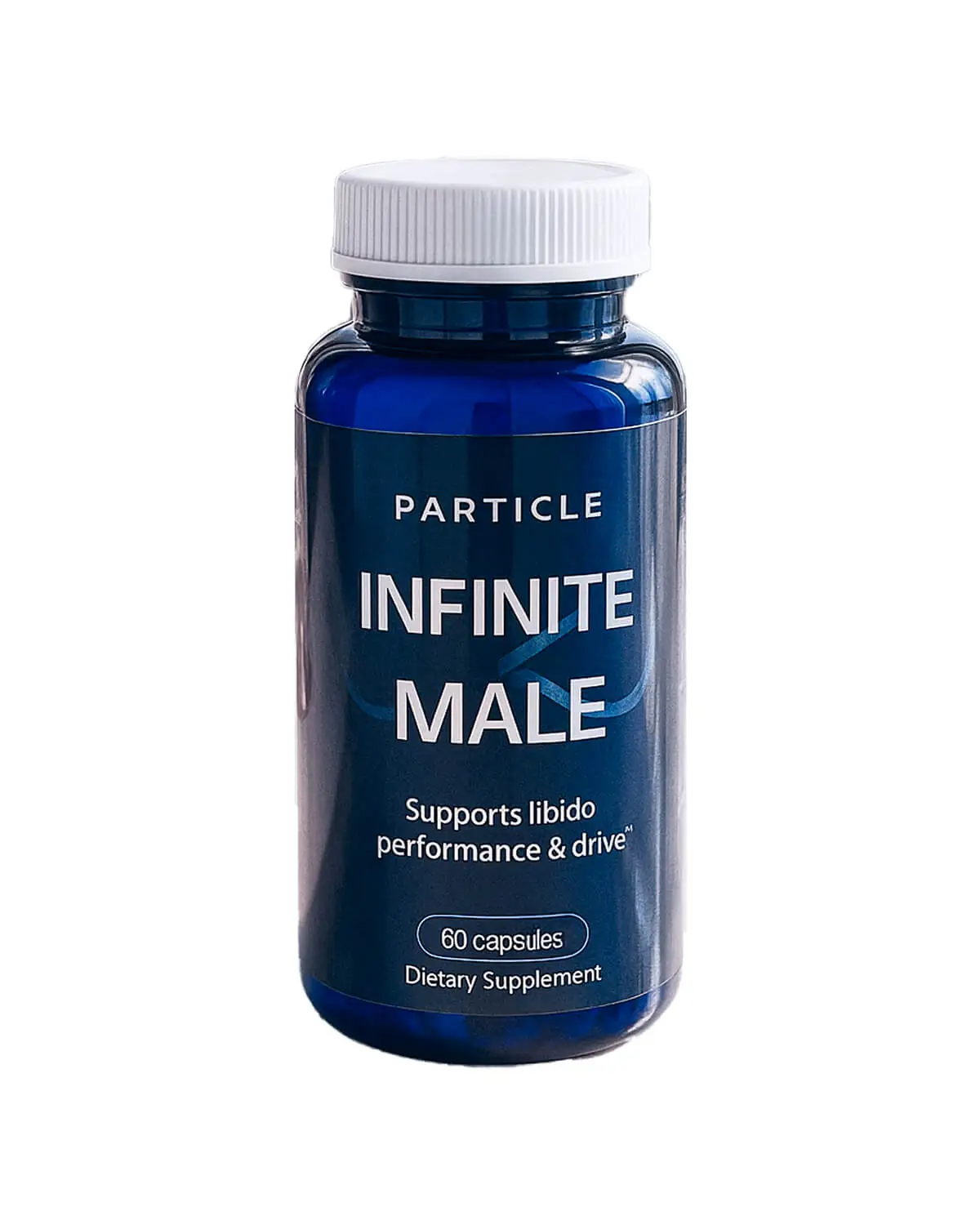

 en
en















